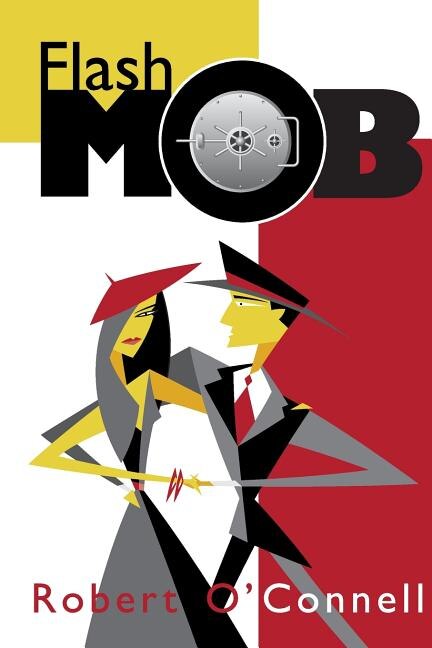Home
Sacred Vessels by Robert L. O'Connell, Paperback | Indigo Chapters
Loading Inventory...
Indigo
Sacred Vessels by Robert L. O'Connell, Paperback | Indigo Chapters
From Robert L. O'Connell
Current price: $55.46


Indigo
Sacred Vessels by Robert L. O'Connell, Paperback | Indigo Chapters
From Robert L. O'Connell
Current price: $55.46
Loading Inventory...
Size: 23 x 203 x 350
*Product information may vary - to confirm product availability, pricing, shipping and return information please contact Indigo
From a broad, historical perspective, the dreadnought represents an archetype, and its history a kind of moral tale. Its awesome size, its formidable presence, and its immense power have gained it tremendous respect, loyalty, and, as Robert O'Connell shows in this myth-shattering book, unwarranted longevity as well. With provocative insight and wit he offers us an irreverent history of the modern battleship and its place in American history, from the sinking of the coal-fueled Maine in 1898 to the deployment of the cruise missile-armed Missouri in the Persian Gulf War of 1991.The modern navies were the first of the armed services faced with fundamental and abrupt technological change. The wooden sailing ships that had fought sea battles for nearly two centuries were, in only a few years, rendered obsolete by a veritable tidal wave of innovation. With thedeployment of the revolutionary HMS Dreadnought in 1903, the new technology reached its full fruition: the gigantic sleek, steel-clad, many-gunned vessel that would rule the seas (or at least the minds of Naval commanders) for years to come. O'Connell shows how other nations raced to emulate thisnew prototype (much in the fashion of the nuclear arms race of later decades), usually at the expense of much more effective forms of naval force. He also demonstrates compellingly the dashed expectations for the battleship occasioned by the outbreak of war in 1914. While many anticipated amassive twentieth-century Trafalgar, in actuality dreadnoughts everywhere avoided battle, and when they did fight, the results were most often inconclusive or even irrelevant. With the Battle of Jutland in 1916-the only real naval showdown of the war-the ineffectiveness of the battleship as thepre-eminent weapon of war was made abundantly clear: the German navy scored on only 120 hits out of 3, 597 heavy shells fired while the British had an even more dismal showing-100 out of 4, 598, or a hit ratio of 2.17%. Yet, in spite of this display of impotence, the world's great naval yardscontinued to turn out the huge vessels. O'Connell observes that even after the heart of the American fleet was sunk by the Japanese at Pearl Harbor, the almost superstitious faith in the battleship insured its survival. While they have never played a decisive role in the outcome of any modern war, they have continued to be resurrected and refurbished-even equipped with cruise missles-right up to the present day. Sacred Vessels is more than the unmasking of a false idol of naval history. It is a cautionary tale about the often unacknowledged influence of human faith, culture, and tradition on the exceedingly important, costly, and suppossedly rational process of national defense. Not only is it agripping tale well-told, it is essential reading for anyone hoping to understand the dynamics involved in the arming of nations. | Sacred Vessels by Robert L. O'Connell, Paperback | Indigo Chapters














